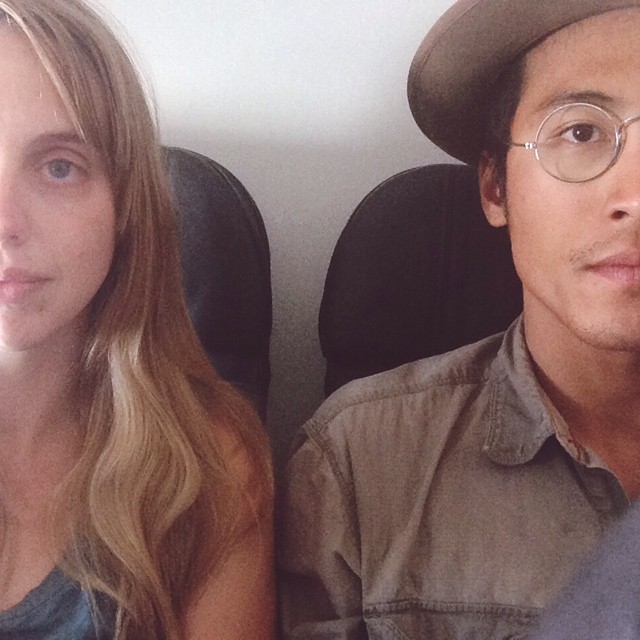The term “exporter” refers to the shipper who can be either a distributor or a manufacturer. Enter the name of the producing country and the country of import, as well as the place and date of the declaration. This field must be signed by the authorized signatory of the company. The Asia-Pacific Trade Agreement (APTA) is a preferential trade agreement formerly known as the Bangkok Agreement. The Bangkok Agreement, signed in 1975 as an initiative of the United Nations Economic and Social Commission for Asia and the Pacific (UNSCAP), is a preferential agreement for trade relations between developing countries. The agreement is currently signed between China, Bangladesh, India, Lao, the Republic of Korea and Sri Lanka. At the first meeting of the Bangkok Agreement Council of Ministers on 2 November 2005 in Beijing, representatives of member states approved the revised text of the agreement and decided to rename the agreement as an Asia-Pacific trade agreement. Since September 1, 2006, all APTA members have successfully implemented the outcome of the third round of tariff reduction negotiations. The fourth round of negotiations, which includes tariff concessions for trade in goods, trade in services, investment, trade facilitation and non-tariff measures, etc., is under way.
Products imported into the territory of a participating state under the agreement and shipped directly within the meaning of Rule 6 may benefit from preferential concessions if they meet the original requirement under one of the following conditions: the Asia-Pacific Trade Agreement (APTA), previously the Bangkok Agreement, is a preferential tariff regime aimed at promoting intra-regional trade through the exchange of concessions granted by Member States. Its current members are Bangladesh, China, India, the Republic of Korea, the Lao People`s Republic and Sri Lanka. Mongolia has concluded bilateral negotiations on tariff concessions and is expected to become the seventh member. “The economic benefits of the agreement may be marginal for Southeast Asia, but there are some interesting trade and customs dynamics for Southeast Asia,” said Nick Marro of the Economist Intelligence Unit (EIU). Chinese President Xi opens up to other trade and import agreements Many member states have already concluded free trade agreements (FTAs), but there are restrictions. APTA preferences may overlap with separate DFQF systems from China, India and the Republic of Korea, as well as preferences under the SAFTA, ASEAN-China, ASEAN-India and ASEAN-Republic of Korea regional trade agreements. Although China already has a number of bilateral trade agreements, this is the first time it has signed a regional multilateral trade pact. The agreement excludes the United States, which withdrew from an Asia-Pacific trade pact in 2017.
The new free trade bloc will be larger than the agreement between the United States, Mexico and Canada and the European Union. An Indonesian product containing, for example, Australian coins could expect tariffs elsewhere in the Asean Free Trade Area. Under the RCEP, the parts of all Member States would be treated in the same way, which could encourage companies in RCEP countries to look for suppliers in the commercial region. “Ratification is likely to be difficult in national parliaments, both because of anti-commercial and anti-Chinese sentiment,” he added. The AptA recognises the specific needs of LDCs and calls for concrete preference measures in its favour (Article 3). Participating states can grant special concessions to least developed countries (Article 7) and commit to paying particular attention to NDC requests for technical assistance.






